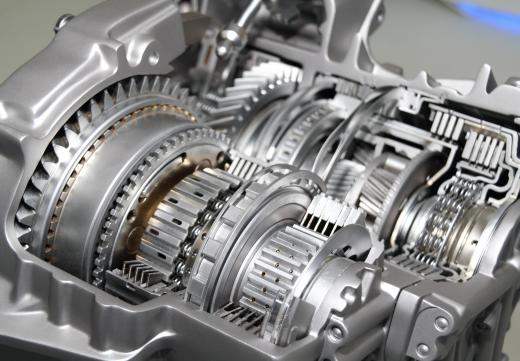Mechanical linkage is a form of linkage that uses hard rods to operate a device in place of an electronically controlled method. Mechanical linkage can come in the form of a cable, or a solid or hollow rod. Throttle linkage on an automobile is typically mechanical, but some vehicles are equipped with a drive-by wire mechanism that operates from a servo and electronic activator.
Shifting linkage is typically to the mechanical version. Most manual transmission shifters use a mechanical linkage to change the gears. The benefit of mechanical linkage over that of electronic- or vacuum-controlled linkage is the level of control the operator feels when operating the device. The actual feel of applying the throttle or shifting the gears puts the feeling of control back in the hands of the operator. In many cases, the driver is able to control the vehicle much better when the feel of the vehicle's response is placed back in the driver's hands.

Many times mechanical linkage is designed around a leverage system. One case where this is true lies within the design of a mechanical clutch linkage in an automobile. By placing the pivot point in a linkage bell crank in a certain spot, the pressure being applied to the clutch can be greatly enhanced. By having a short arm and a long arm in the mechanical linkage, the law of physics takes over, thus creating a lever and allowing the very stiff clutch springs to be easily depressed and held.

Many mechanical linkage assemblies use ball bearings in the design to aid in the ease of operation. By placing a ball bearing assembly in the linkage, it is operated much more smoothly and easily than without it. This brings the linkage back in line with the drive-by wire's less fatiguing, and much easier to operate, claims. Many mechanical linkage assembly's operate with little discomfort to the operator.
A mechanical linkage allows the operator to fine tune the reaction of the machine by adjusting the linkage to a preferred setting. By fine tuning the linkage the tuner can choose the reaction time of any machine by simply lengthening or shortening the linkage. Lengthening the linkage will cause the machine to begin a given process sooner while shortening the linkage will cause a slight delay in the activation of a given process.
Technology continues to create advances that take human input out of the equation. The mechanical operation of linkage keeps the human input and control in the operating parameters of any given machine.
